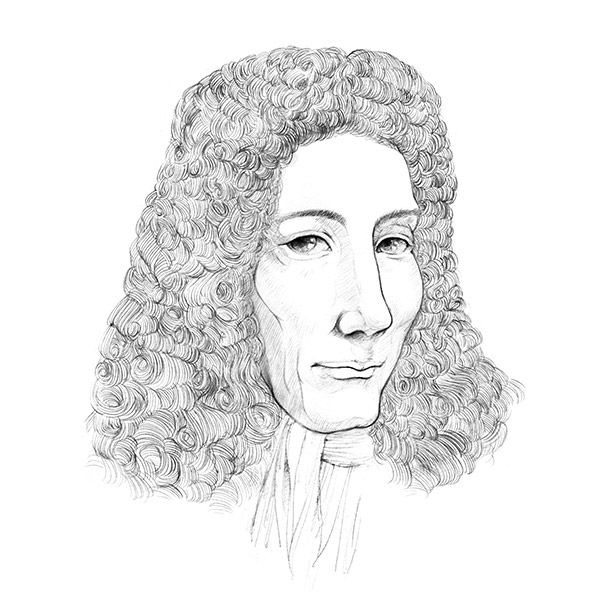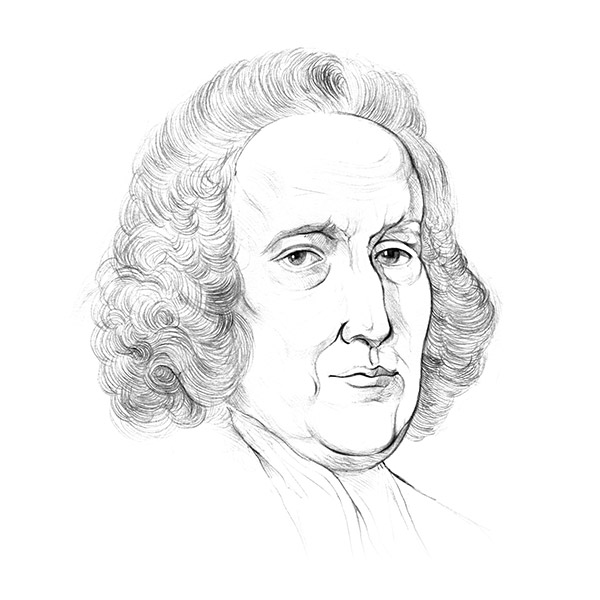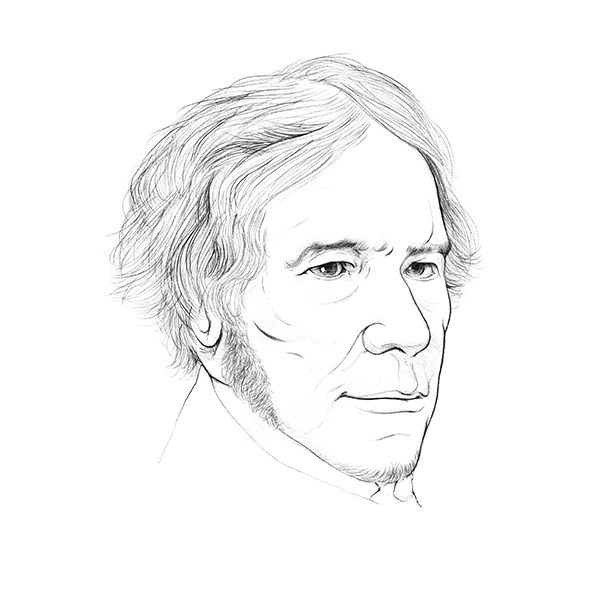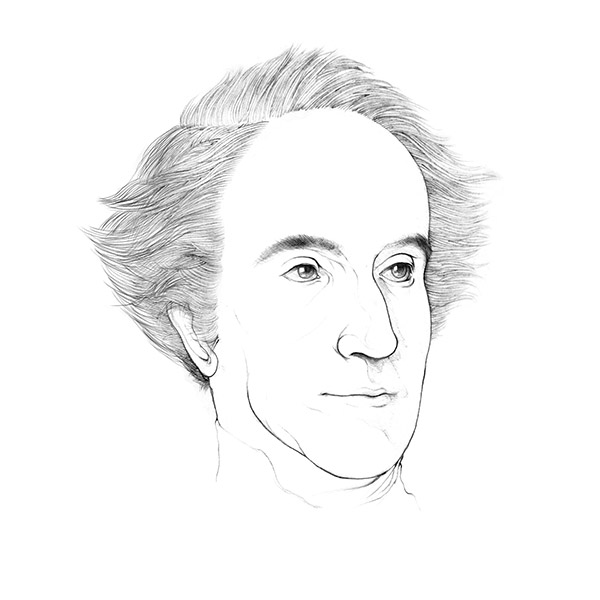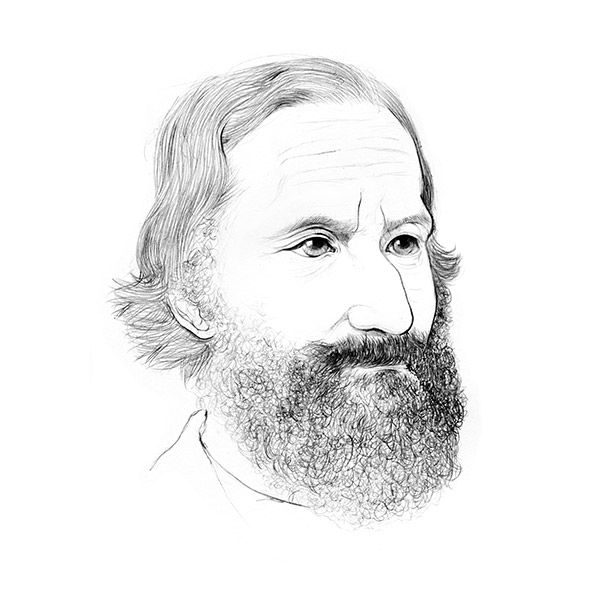Stephen Hales
1677-1761
Stephen Hales was born on September 17th, 1667 in Kent, England. His research mainly focused on plant and animal physiology, and is regarded as the founder of plant physiology. During his research on plants, Hales noticed that the effects of gases on plants, which inspired him to conduct many research on gases and invented many apparatuses for preparing and collecting them. Hales believed that all gases are the same element. As a result, he only measured the volume of gases generated in his experiments, paying no attention to their chemical properties. His experiments, however, influenced many scientists, including Cavendish and Priestley. On January 4th, 1761, Hales died in Teddington, England (aged 83). His main scientific contributions are:
In plant physiology, discovered liquid circulation in plants, explained the effects of transpiration (the loss of water from leaves of plants) through well-designed experiments.
In animal physiology, first accurately measured blood pressure, discovered the difference in blood circulation among different animal species.
In pneumatic chemistry, discovered many materials releases gases during heating or fermentation, invented instruments for generating and collecting gases.
Invented ventilators for improving air quality in closed environments such as mines, prisons, and ship cabins.
Hales' Instruments
Above is Hales’ apparatus for generating and collecting gas described in his Vegetable Statick published in 1727. The container for receiving gas had an opening at the bottom. At the beginning of the experiment, the water level inside the receiving container was marked. During the experiment, generated gas pushed down the water level inside the container, and the volume of the generated gas was determined. Hales was a supporter of four-element theory. He believed that “air” existed in many substances. Through heating these substances, air could be released. He was only interested in determined the amount of the air. As a result, he missed the opportunity to discover many new gases, possibly including oxygen. However, Hales’s experiments influenced many scientists including Priestley.
Hales’ apparatuses for generating gases through fermentation (a photorealistic CG reconstruction can be found here). The apparatus on the left could determine the amount of gas released during fermentation through the change of water level inside the inverted container. The right bottle contained green beans and a small amount of mercury at the bottom. A vertical tube inserted into the mercury through the cork. During fermentation, the pressure built up inside the bottle and raised the mercury inside the tube. By reading the mercury height inside the tube, the pressure could be determined. Similar as the experiments described in the previous page, Hales only cared about the amount of “air” released and not its chemical properties.
Other Chemists




